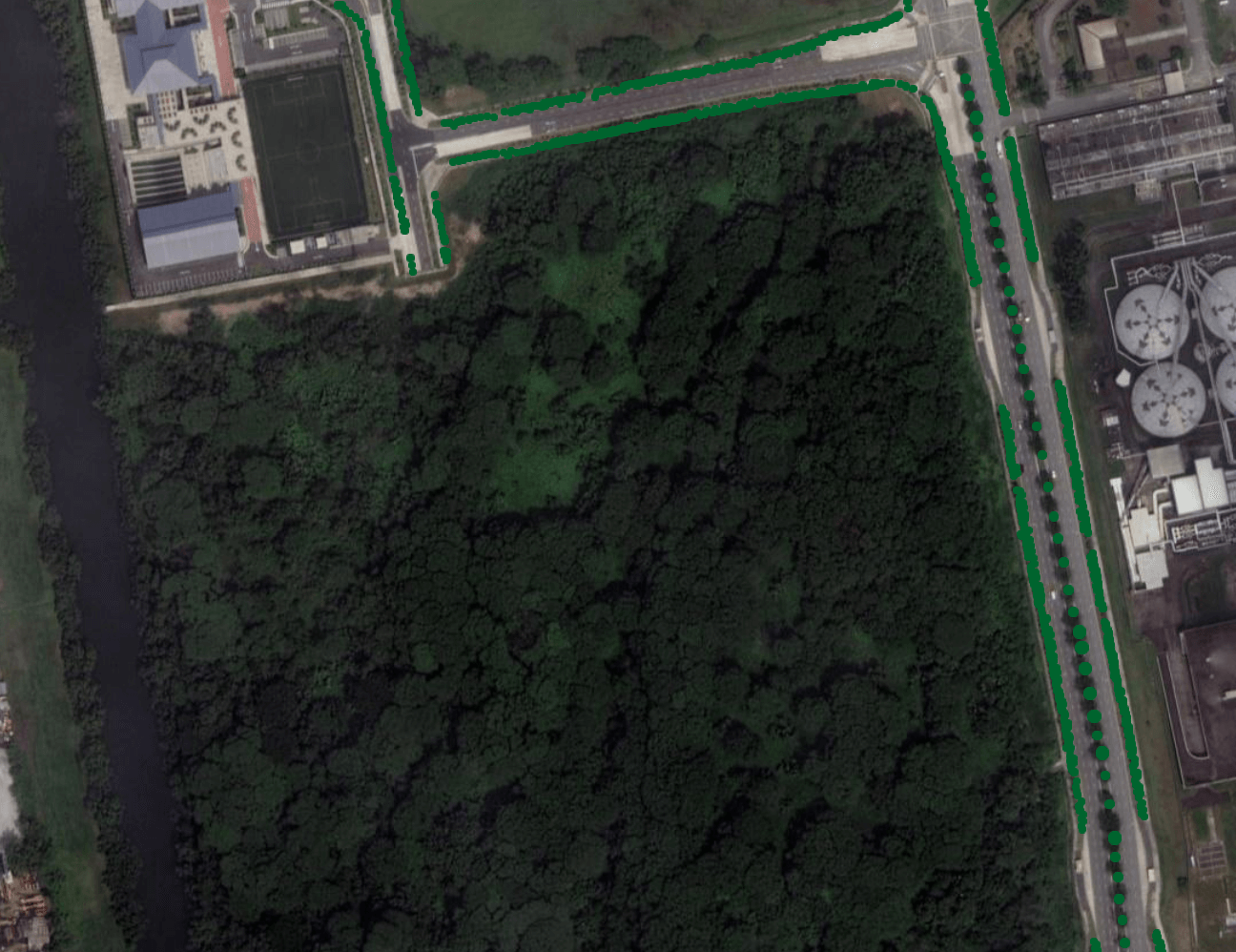The data justifies the tree
In 2019, NParks and GovTech released trees.sg is a public dataset of trees in Singapore. Everything you would think to know about a tree is in there—species, age, height, girth, even whether it’s flowering.
But what does all this measuring amount to? Asides from allowing the community to build neat visualisations, it’s that metrics and goals can be made—you can’t have a OneMillionTrees movement if you can’t count the 212,943 trees that you’ve planted so far. It’s also that we might be engaged to contribute to the data also—by sharing when the trees are actually flowering, and writing “treemails”.
In February earlier this year, news broke that a section of forested land in Kranji had been erroneously cleared, accompanied by images of rich forest cover stripped to brown dry soil and upended roots. I was curious to learn more about these trees, and where better place to look than trees.sg?
There was no data. Turn on satellite view and you can see that the trees are clearly there (or were there), but no interaction is afforded to us, not for these trees.

Kranji Woodlands isn’t the only forest on contested space that isn’t in the data. So is Dover forest, as well as Clementi forest. In fact, any sufficiently dense forested area is not covered in a swarm of datapoints.
To construct a dataset is to make a negotiation between what should be included and excluded—to draw boundaries between what is a tree, and what isn’t. As much as such boundaries encoded are then subsequently used to justify affordances of care and preservation, they are also equally used to justify states of precarious existence and designation for uprooting.
We should also recognise that datasets are a method of generating an aesthetic order, the construction of a data-driven imaginary. Nothing is more telling than the fact that our dataset of trees visualised inexplicitly becomes indistinguishable from a visualisation of the city’s road network. Dataset logic leaves little room sparred for messy realities, a shared sentiment with our political ethos of discipline and control over the garden city. But the pursuit of tidiness and comprehensiveness necessarily leaves gaps that are equally deserving of care, and we should be wary of our data blind spots.

These rich forests, with their secret histories carrying the spirits of uncertainty and uncontrol, are being erased—first from the data, then soon the dirt.